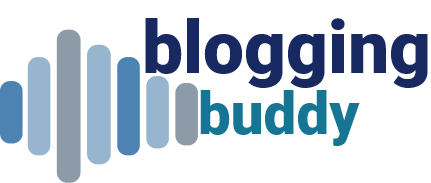Headlines is a tricky thing. The world of headlines writing is different from the normal world of writing and grammar rules for articles. Many new rules are invented and many established ones are trashed due to the punch needed and the paucity of space and characters. In fact, Headlinese is a special word coined for the language used in the headlines and the rules around it.
While many articles are out there for bloggers on how to write titles that work best with the searches and key words, it is also important to be grammatically consistent. Specially if you want your blog to carry weight in the minds of educated readers. After all, those who have learnt English properly will find your writing jarring even when it carries important information. Let us go through 8 important lessons in writing good headlines for maximum impact.
1. Keep ’em Short: Long Headlines hurt in many ways. Most importantly, they are truncated by several sites which may carry your articles. Also, it takes away the punch that may draw any reader to your article. As Ogilvy says, Headlines are 80% of the whole impact.
2. Don’t copy the lede: A lede is the introductory section of a news story that is intended to entice the reader to read the full story (or excerpt in the case of blogs). Don’t simply copy the words from the lede into the headline or it will be jarring and repetitive!
3. Should be here and now: The headlines should be direct, straightforward, in active voice, and in present tense. The idea is to make the headlines as powerful as they can be and not be “beating around the bush”.
4. Don’t be vague and inaccurate: Correct, consistent and factual headlines always help. Those which are inaccurate, inconsistent and vague having little or no relationship with the body of the article and the points therein or just plain inaccurate on their own show the writer in a very bad light!
5. Headlinese has its own rules: Headlinese is the word used for abbreviated writing style that is used in newspaper headlines. Some of the rules, contrary to normal grammar rules in similar sentences, have become the norm around the world. Editors have acknowledged the paucity of space and characters and the need to convey ideas in a short format. Some of the important and interesting rules of Headlinese are:
- Articles are usually omitted.
- Most verbs are in the simple present tense, e.g. “Governor signs bill”.
- The future is expressed as “to” followed by a verb, e.g. “Governor to sign bill”.
- In the US (but not the UK), conjunctions are often replaced by a comma, as in “Bush, Blair laugh off microphone mishap”.
- To save space, a long word is sometimes replaced by a shorter word with not quite the same meaning, e.g. “attack” to mean “criticize”.
- Country names are often used instead of their adjective form, for example “Belgium troops deploy to patrol streets” (instead of “Belgian troops…”).
6. Capitalize or not to capitalize: The jury is out there and it has become a matter of individual choice. Whatever you do, follow it consistently. So, the choice is – The first word in the headline should be capitalized as should all proper nouns vs capitalize the first letter of every word. But surely follow the following – Capitalize the first word, capitalize the proper nouns, and do capitalize the first word after a colon. If you choose to capitalize every word as per your choice, then follow it consistently.
7. Bring on the numbers baby: In the headlines, it is always recommended to use the numbers and not spelling them out. Even if that number is below 10, you don’t need tto spell it out.
8. To be or not to be is the question: Verbs like to be, is, was etc are not necessary and should be omitted. Unless it is absolutely necessary for clarity, these verbs shouldn’t be part of the headlines.
Image source: Flickr
Related articles

25 Basic Styles of Blogging
bloggingbuddyNov 04, 2013This site uses Akismet to reduce spam. Learn how your comment data is processed.







Leave a Reply